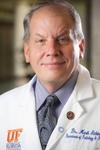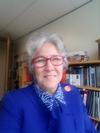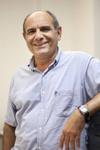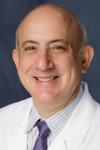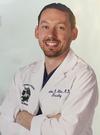Research Terms
Currently, there are limited therapies available to treat people with refractory cancers like acute myeloid leukemia (AML), non-small cell lung cancer (NSCLC) and triple negative breast cancer (TNBC). To solve this problem, University of Florida scientists discovered that blood vessels are sanctuary sites for leukemia. The scientists demonstrated that leukemia cells within the vascular niche are resistant to traditional chemotherapy like cytarabine. To solve the problem of refractory, vascular-associated leukemia, they developed a high throughput screening (HTS) assay to screen 31 million compounds that selectively killed AML cells embedded within an endovascular niche. A hit compound was discovered and was further optimized by deconvolution. The compound is cytotoxic to cell lines and primary specimens of AML, NSCLC and TNBC patients. The compound is non-toxic to normal hematopoietic cells, endothelial cells, and fibroblastic stromal cells. Extensive proteomic testing shows the compound binding a splicing factor. In vivo AML xenografting shows that the compound significantly remits leukemia compared to cytarabine control. New genetic knock-down models of AML, NSCLC, and TNBC have been created to dissect the molecular mechanisms of depleting the target. The investigators seek commercial entities to develop this compound into a new class of drugs for the treatment of cancer.
Small molecules for treating cancer
After a unique HTS of leukemia cells embedded within an endovascular niche, a hit compound was identified and optimized by deconvolution. Additionally, the hit compound is toxic to leukemia stem cells and non-toxic to normal hematopoietic and stromal cells. Proteomic testing identified a splicing factor as the compound’s target. The compound has drug-like properties and in vivo efficacy better than chemotherapy control. New genetic knock-down models were also created to further elucidate the mechanism of action.














